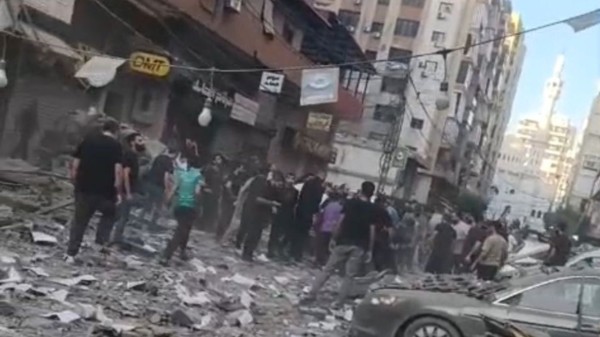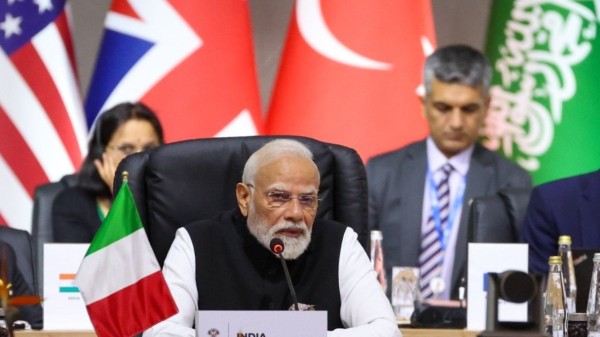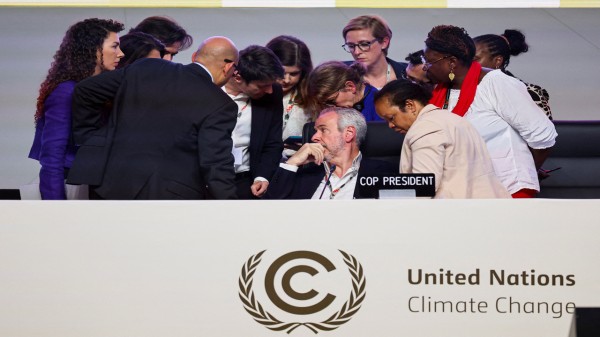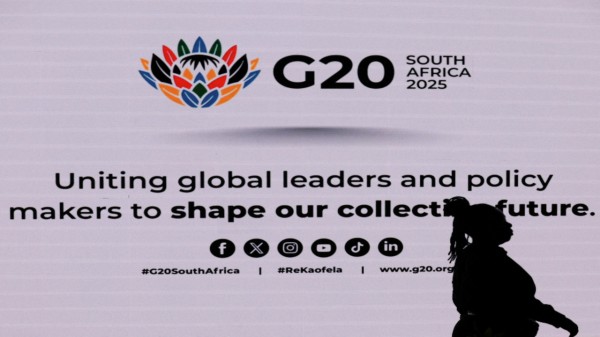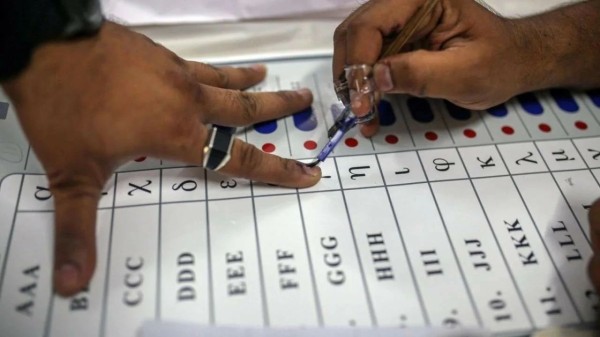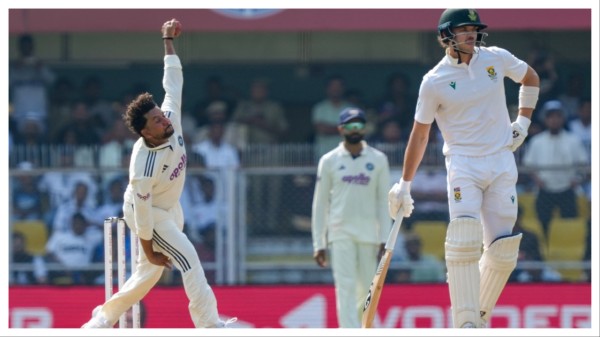

By signing in or creating an account, you agree with Associated Broadcasting Company's Terms & Conditions and Privacy Policy.


By signing in or creating an account, you agree with Associated Broadcasting Company's Terms & Conditions and Privacy Policy.

New Delhi: As things look to ease in Gaza, another potential front for offensives in Lebanon is feared to be building up. Israel Katz, the Israeli defence minister, accused the Lebanese government of delaying efforts to dismantle Hezbollah.
“Hezbollah is playing with fire, and the president of Lebanon is dragging his feet,” Katz said in a statement. “The Lebanese government’s commitment to disarm Hezbollah and remove it from southern Lebanon must be implemented. Maximum enforcement will continue and even intensify – we will not allow any threat to the residents of the north.”
In retaliation to this, Israel has threatened to step up its attacks against Hezbollah in southern Lebanon. This comes just a day after the Lebanese health ministry reported that four people had been killed in an Israeli airstrike.
Under the terms of the US-brokered truce in November, Lebanon agreed that only state security forces would be permitted to bear arms. This meant, in effect, the disarmament of Hezbollah. Reports suggest that this has not been enacted completely, across the whole region. Israel too maintains troops in five areas in southern Lebanon and has kept up regular strikes.
The major factor of hostilities here is Hezbollah, an Iran-backed militia that came in support of Hamas after the October 7 attacks. This for the Israelis meant another front opening up on the Lebanon border. In September 2024, Israel killed the group’s longtime chief Hassan Nasrallah along with many other senior leaders. Hezbollah undoubtedly weakened though is not completely eradicated from the region.
Things are hopeful to be changed after the current ceasefire, something that many expect in the region. According to Lebanese army sources cited by news publication Reuters, security forces have detonated so many Hezbollah arms caches that they have run out of explosives. Thus the political and military power of Hezbollah in Lebanon has weakened considerably.
While the group has publicly committed to the ceasefire, their presence in the region still remains and is seen as a threat to Israel. Reports also suggest that Hezbollah’s disarmament currently is only restricted to southern Lebanon, and in other regions of the country there is possibility of their revival.
All these factors can be seen as being responsible behind Israel’s current tactics at attacking and further warning Lebanon and Hezbollah. The Israel-Hezbollah axis is part of the broader struggle involving Iran, Syria, and other proxy networks. For Israel this means managing the larger regional offensives and oppositions, not just those restricted to Gaza.
While minor skirmishes in the form of sporadic strikes or firing exchanges along the border would still be considered routine, fears of escalation in the border remain a worry. Lebanon remains a possible front but not the main front for the region.
The escalations there can then be factored in by not just military by political concerns as well, be it Israel’s probable show of continued military strength to the whole region or it signalling to the extreme right elements within itself that the fight continues. Currently though the military action is restrictive and not full-scale and does not appear to be so any time soon.
